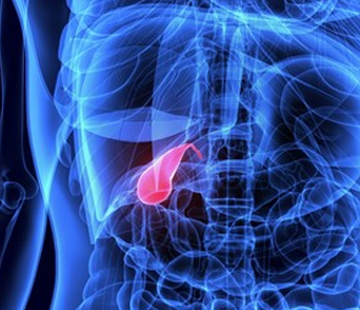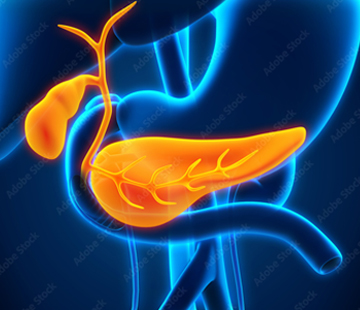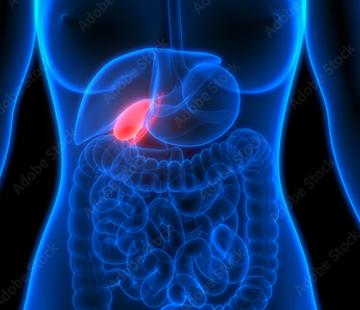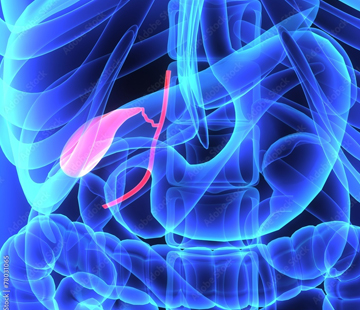Choledochal Cysts Type II
Type II Choledochal cysts are a rare form of bile duct cysts, constituting just 3% of all cases. They are characterized by a pouch or sac on the common bile duct, representing a true diverticulum from the extrahepatic bile duct. This condition is also referred to as a bile duct diverticulum.
Type II Choledochal cysts are saccular outpouchings originating from either the supraduodenal extrahepatic bile duct or the intrahepatic bile ducts. The exact cause of Type II Choledochal cysts remains unclear, but they are believed to result from a congenital anomaly in bile duct development.
Symptoms of Type II Choledochal cysts can vary based on the severity of the condition. Common symptoms include abdominal pain, nausea, vomiting, and jaundice. Possible complications encompass cholangitis, pancreatitis, liver abscess, and cholangiocarcinoma (bile duct cancer).
Diagnosing Type II Choledochal cysts typically involves imaging studies such as ultrasound, CT scan, or magnetic resonance cholangiopancreatography (MRCP). Treatment options may include surgical resection of the cyst and reconstruction of the biliary tract. Close follow-up with imaging and surveillance for potential complications is critical for effective long-term management.
In summary, Type II Choledochal cysts are a rare form of true diverticulum arising from the extrahepatic bile duct or the intrahepatic bile ducts. Although the precise cause remains unknown, these cysts are believed to stem from a congenital anomaly. Symptoms may include abdominal pain, nausea, vomiting, and jaundice. Early diagnosis and prompt management are crucial in preventing complications and improving patient outcomes.




